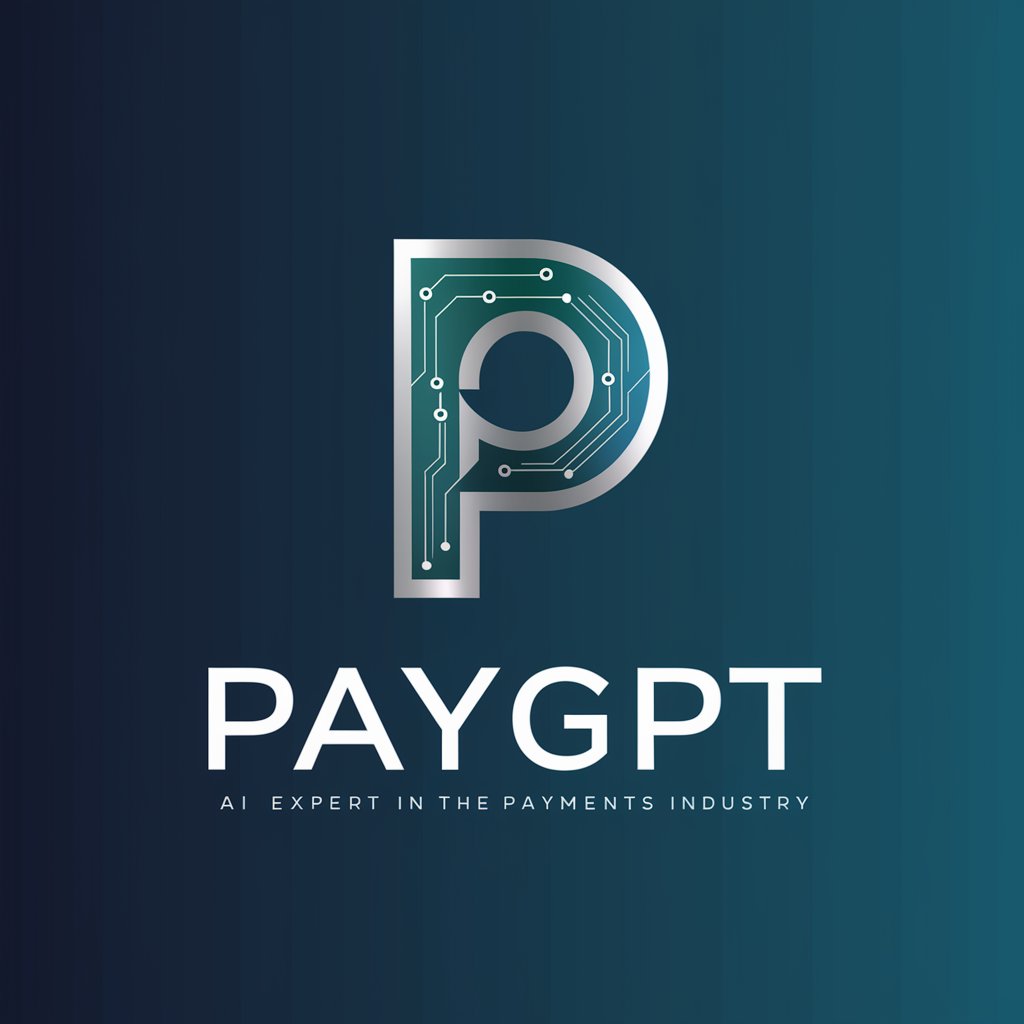
Payments - AI Payment Solutions
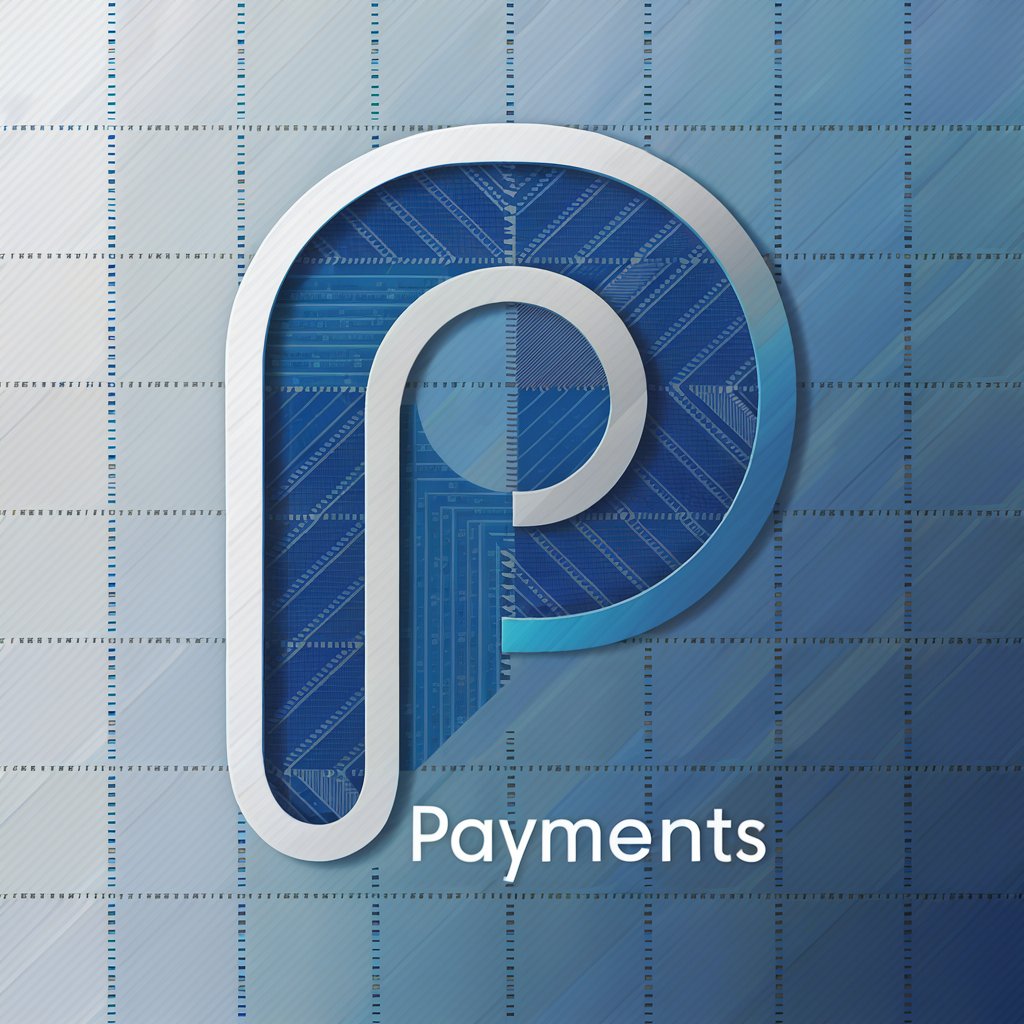
Hi there! I'm here to help with your payment systems queries.
AI-driven Payment Innovations
Can you explain how ACH payments work?
How do I integrate Plaid with my financial wellness app?
What are the benefits of using Stripe for online payments?
What are the key differences between wire transfers and ACH payments?
Get Embed Code
Overview of Payments GPT Model
The Payments GPT model is designed to provide specialized knowledge and guidance on various payment systems including wire transfers, ACH payments, payment platforms like Stripe, Marqeta, Square, and blockchain technologies. It also covers integrating banking data through Plaid for financial wellness applications. This model aids users by offering detailed instructions for integrating and managing these payment systems in various software environments. For example, it can guide a developer through setting up Stripe to handle recurring payments for a subscription service, or assist a fintech startup in integrating Plaid to access user banking data securely. Powered by ChatGPT-4o。

Core Functions of the Payments GPT Model
Educational Guidance on Payment Systems
Example
Providing insights into the differences between ACH and wire transfers, including cost implications, transaction speeds, and use cases suitable for each method.
Scenario
A business owner exploring the best payment method for handling large, recurring payments from international clients.
Integration Assistance
Example
Step-by-step guidance on integrating Stripe into an e-commerce platform, including API setup, testing payment flows, and ensuring PCI compliance.
Scenario
A developer tasked with adding secure, efficient payment processing capabilities to a newly developed online store.
Troubleshooting and Optimization
Example
Offering solutions to common integration issues, such as errors in payment gateway connectivity or data synchronization problems with banking APIs like Plaid.
Scenario
A fintech application experiencing frequent disruptions in syncing user bank account data, affecting the app’s functionality and user experience.
Target User Groups for Payments Services
Fintech Developers
Developers working in the financial technology sector who need to integrate multiple payment systems and ensure these integrations are secure, efficient, and compliant with financial regulations.
Small to Medium Business Owners
Business owners seeking to implement robust payment processing solutions within their services, aiming to streamline operations, reduce processing fees, and enhance customer transaction experiences.
Financial Analysts and Advisors
Financial professionals who require up-to-date knowledge on payment systems to advise clients on the best practices for managing transactions, minimizing fees, and choosing the most suitable payment methods for different types of business activities.

Usage Guidelines for Payments
Start Your Trial
Begin by accessing YesChat.ai for a complimentary trial; no login or ChatGPT Plus subscription is necessary.
Explore Features
Navigate through the platform's features to understand various payment processing options like ACH, wire, and digital currency transactions.
Set Up Integration
Configure integrations with your financial systems, using APIs for platforms like Stripe or Plaid, to streamline data synchronization.
Conduct Transactions
Start processing transactions by setting up payment gateways and ensuring compliance with security standards like PCI DSS.
Monitor and Optimize
Regularly monitor transactions and utilize analytics to optimize payment strategies and improve user experience.
Try other advanced and practical GPTs
한국 라면마니아 Korean Ramen Mania
AI-powered Korean Ramen Guide

Maple Historian
Navigate Canadian History with AI

Maple Sentinel
Empowering Insights with AI

A-Bot
Master Complex Theories with AI

Dr. Delone
Your AI-powered empathetic companion

course trailer
Automate Your Course Introductions

ISO Payments GPT
Empowering Financial Communication
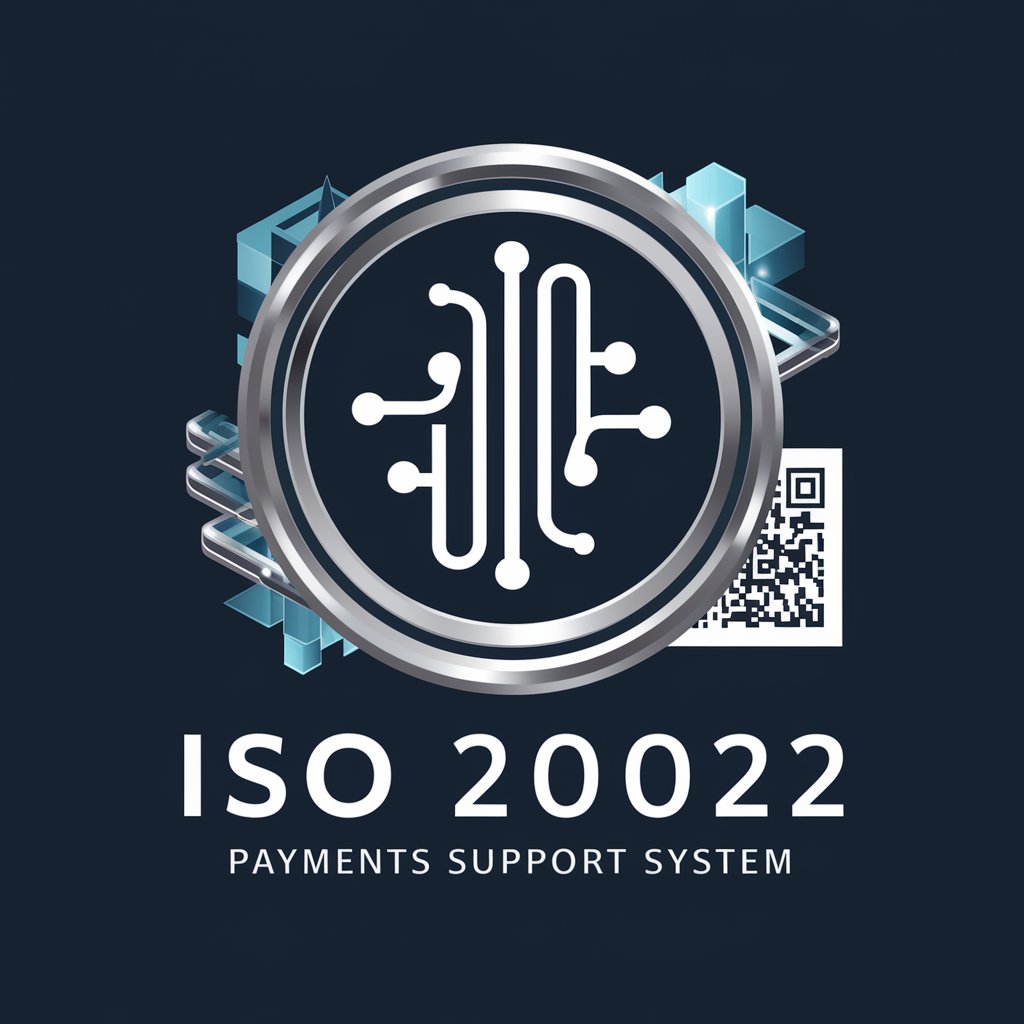
Task Based Teams & Payments
Streamlining Team Tasks with AI
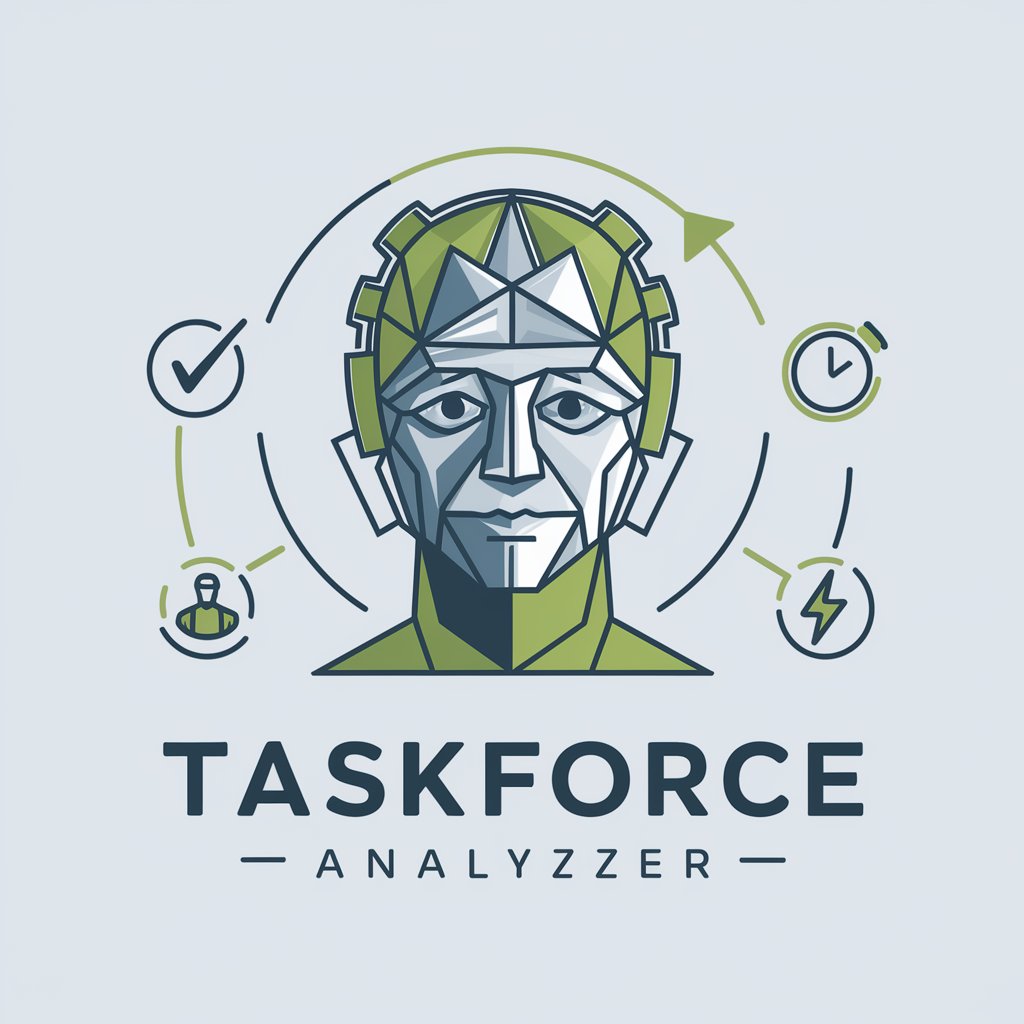
Payments
Streamline Your Payments with AI

PC International Payments Sage
Optimizing Payments with AI
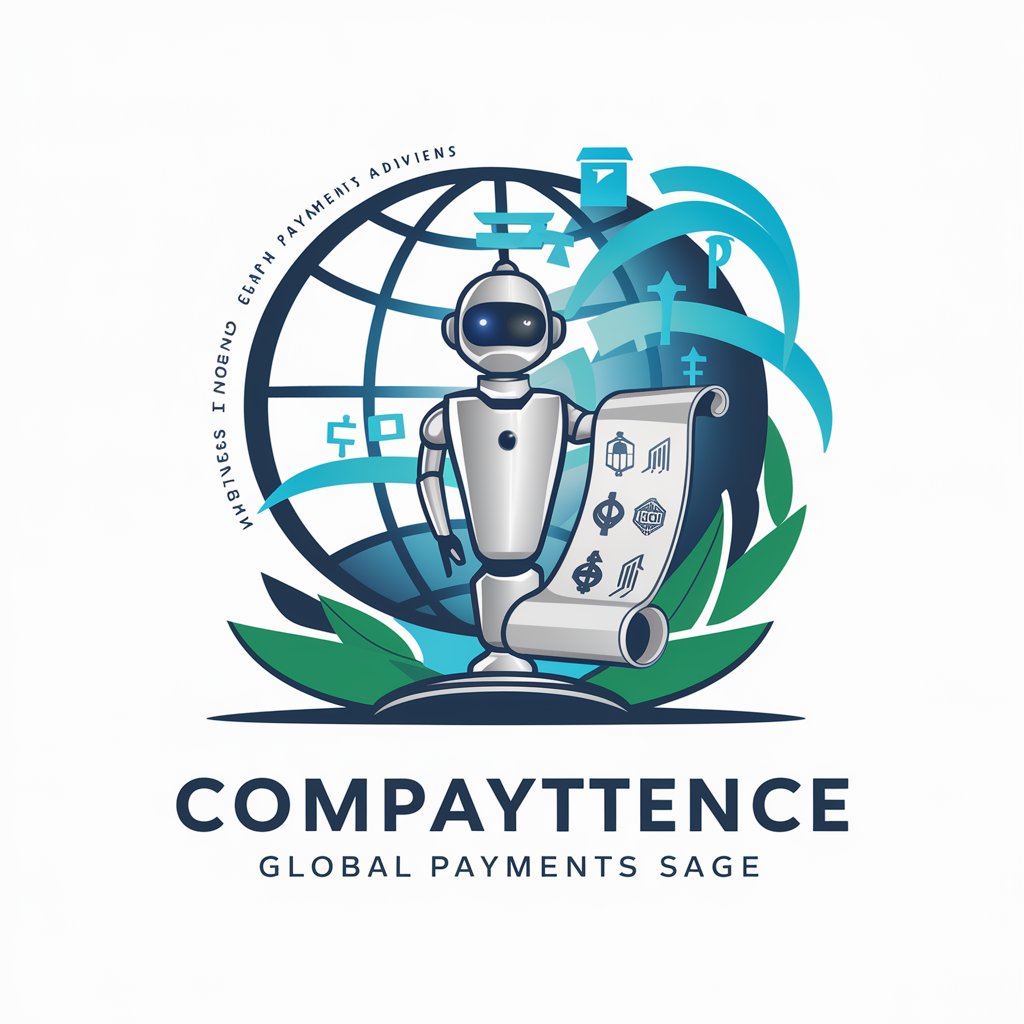
Non Sucky Consumer Copy Editor
Empower Your Writing with AI

Sous Chef
Elevate Your Cooking with AI-Powered Guidance

Frequently Asked Questions About Payments
What are the main differences between ACH and wire transfers?
ACH transfers are typically slower but less expensive than wire transfers, which offer near-instantaneous processing but at a higher cost. ACH is used mainly for domestic transactions, while wire transfers are suitable for both domestic and international.
How does blockchain technology enhance payment security?
Blockchain provides enhanced security as it allows transactions to be recorded in a tamper-resistant distributed ledger, making fraudulent activities extremely difficult and ensuring data integrity.
Can Payments integrate with existing financial software?
Yes, Payments can integrate seamlessly with existing financial systems through APIs provided by platforms such as Stripe or Plaid, enabling efficient data exchange and functionality enhancement.
What are the compliance considerations when using Payments?
Compliance with regulatory frameworks like GDPR for data protection and PCI DSS for payment security is crucial. Ensuring adherence to these regulations helps mitigate risks and protect consumer data.
How can I optimize transaction costs using Payments?
Optimizing transaction costs can be achieved by selecting the most cost-effective payment methods, negotiating better rates with providers, and using analytics to track and manage expenses efficiently.

